‘Highway’ is probably being quite generous, for much of it’s length it is little more than a rough dirt track blasted out of the steep mountainsides and ravaged by landslides and rockfalls. It’s brilliant. A number of times rockfalls dropped within 200m of me… it pays to keep moving and keep your eyes open at times rather than stop and admire the views. In a couple of the most active spots soldiers were posted as spotters and only let me proceed once they thought it was safe(ish) to do so. I rode past many trickles of gravel that I felt could easily turn into something more deadly with little warning.
Shortly after leaving Kalpa, the lovely village from which I last wrote I passed the first check point of the restricted Tibet border area for which I needed the permit. The police were very friendly and offered me tea as they filled out the paperwork. The restricted area lasts for about 170km. 170km during which I wasn’t supposed to take photos. My shutter finger might have slipped, purely accidentally, a few times… possibly even a very many times.. I can’t say for sure ;-) It was a very beautiful stretch. The 72km from Kalpa up to the village of Pooh (or Puh, depending on which maps and roadsigns you’re looking at) was quite well frequented by military so I really didn’t get my camera out much, it would have been a bit silly to be standing in the road with my camera only to have an army jeep come barreling around one of the very many blind bends. I also didn’t risk pictures of anything remotely strategic.. bridges etc.
This stretch is so ravaged by landslides there are a very many semi-permanent work crews living in makeshift tents jammed between the road and cliff. They are smelly places to ride through on a hot day, the road verges each side of the encampments being the only available toilet spots…. perhaps the spelling of Pooh is appropriate after all, albeit unintentionally…
From Pooh I only rode a further 44km, albeit very steeply uphill, to the little Tibetan village of Nako. Nako was lovely. I stayed two days, I could easily have stayed longer just sitting looking at the mountains and engaging with the wonderfully friendly villagers. The village sits on a ledge on the mountainside at about 3800m altitude. There is nothing in front of the village bar an almost sheer drop to the valley floor 1000m below. It is a staggeringly beautiful spot, as if the village is hovering in the air. The evening I arrived there was a wedding… the whole village was out partying in force with, apparently 1000 guests being catered for in the huge tent that had been erected in the village center, great cauldrons of food boiling away on cooking fires outside. The dancing continued until 6am…. In Nako I also met Hugo and Bego, a lovely couple on bikes from the Basque country.. 15 months into their 5-year round the world tour. Brilliant :-)
After what feels like weeks of unbroken sunshine (and weeks of riding uphill…) the weather changed in Nako… the cloud descended around the mountains, the temperatures plummeted and a sleety rain set in. It was stunningly atmospheric with tendrils of cloud wrapping themselves around the village and surrounding peaks. During brighter moments fresh snow could be seen just above the village.
From Nako .. more climbing, but not a great deal, a steep 5km on a dirt track to the pass at just below 4000m.. followed by a cold, wet, 21km plummet to the valley floor at 3080m.. followed by more gentle climbing in drizzly rain, essentially following the Spiti river upstream to Tabo. The gompa (monastery) at Tabo has been continuously occupied since 996AD, it is a very important Buddhist site with many beautiful murals… apparently… the doors to those were locked. It’s a lovely spot however and the monastery guesthouse, run by the monks, is a terrific little place to stay. The made me tacos for dinner. I was very impressed.. properly cheesy with excellent beans and a wonderful change from the endless diet of thali :-)
From Tabo I was riding in the Spiti Valley proper. Pictures don’t do it justice.. I had goosebumps.. if I needed a reason for cycling all the way up here then that morning was it. Some early sun on the mountains, fresh snow on the peaks, no traffic (found out later a landslide had blocked the road). The weather didn’t last unfortunately… it stayed dry long enough to enjoy the fabulous fortress gomap of Dhankar, perched on a spur of rock high above the valley floor. I drank salty butter tea with one of the monks and stayed the night. I had plans from there to ride up into the Pin Valley for some exploration but the weather changed back for the worse, with heavy rain, wet snow and thunder booming around the valley I made a beeline for the town of Kaza, just 34km further west.. which is where I am writing this.
For the first time in 6 days there is electricity (mostly…), some internet and hot water. The snow is now down very low around the peaks, it is quite beautiful but I can sense the approaching winter. I could stay in the valley longer but I’m becoming quite keen to get over the final two high passes, the Kunzum La at 4500m, and the Rohtang La, lower at just 4000m, but notorious for bad weather, before they are closed for good for the winter. I’ll probably stay in Kaza another day, explore some local trails without baggage, hang out with interesting folk I met here…it’s a nice little town… and then make tracks west. My next post will likely be, al being well, from Manali or back in Kullu on the far side of the Rohtang La…. so, until then… hope you enjoy the photos!
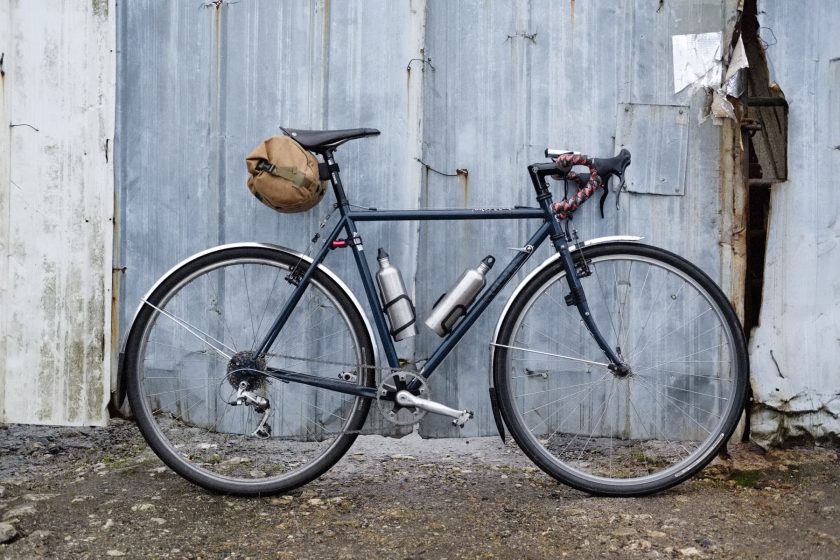



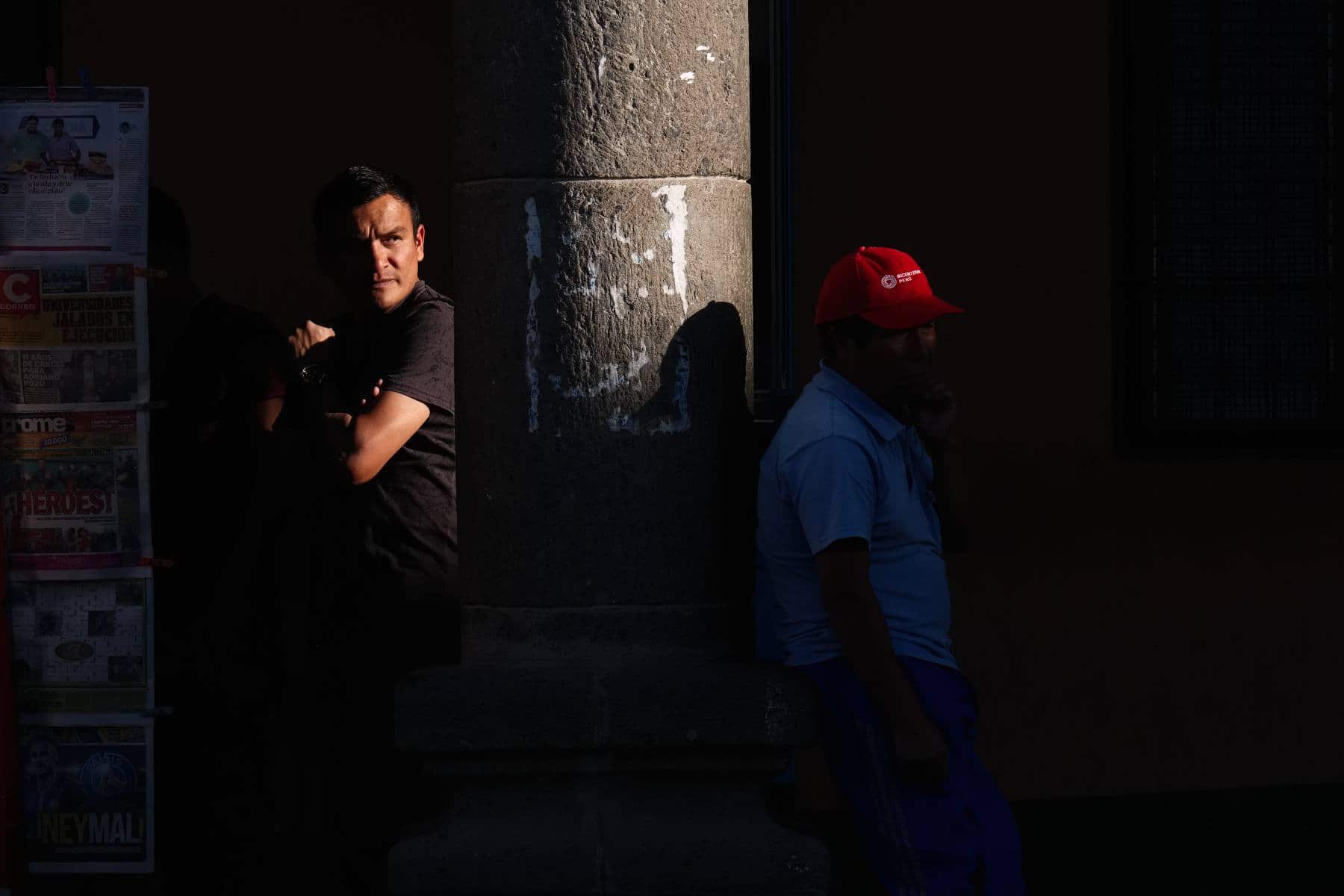
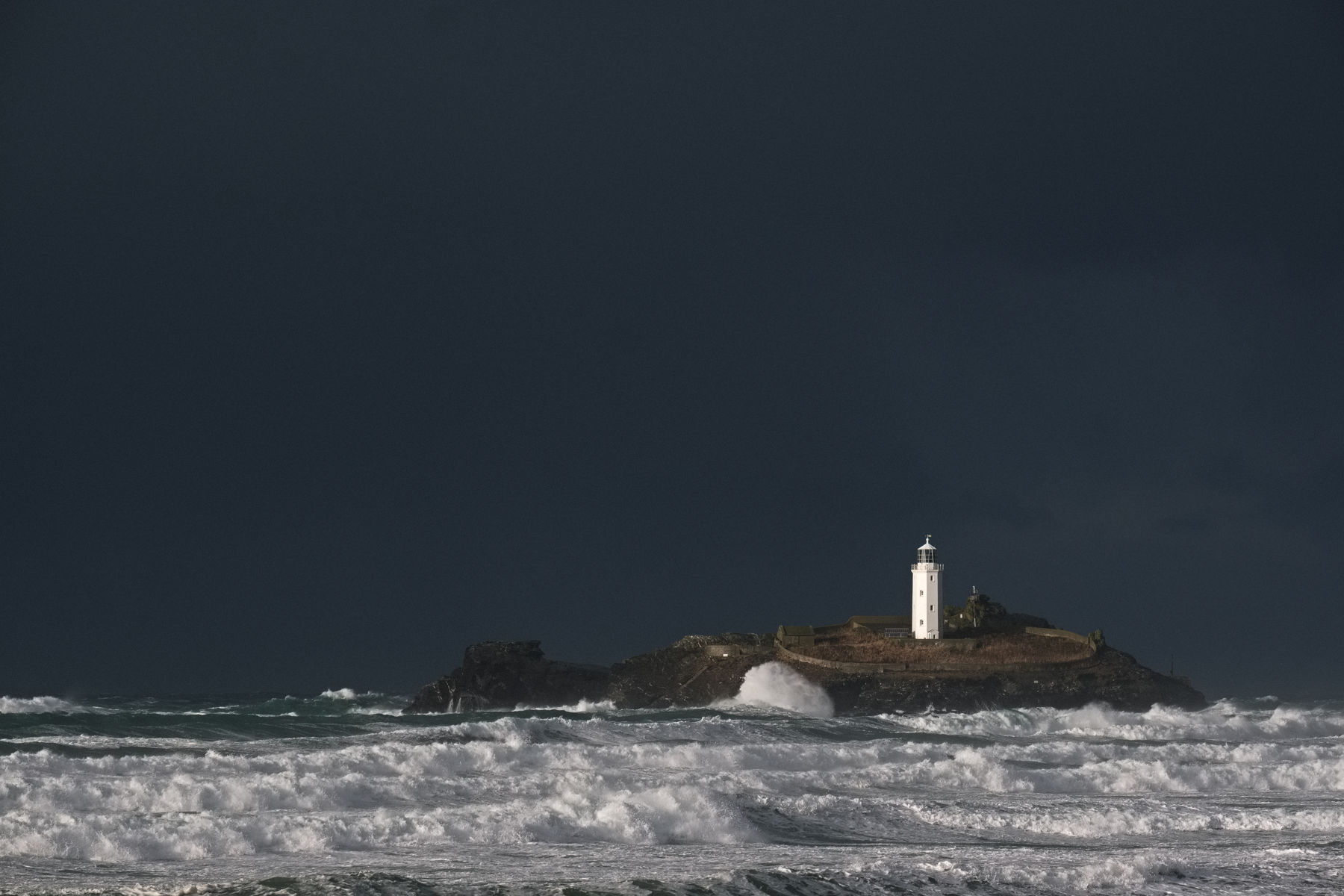
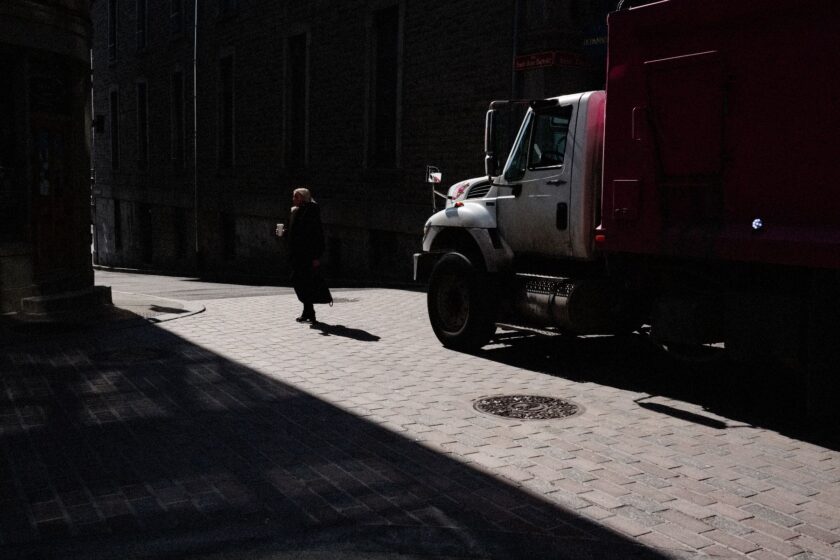
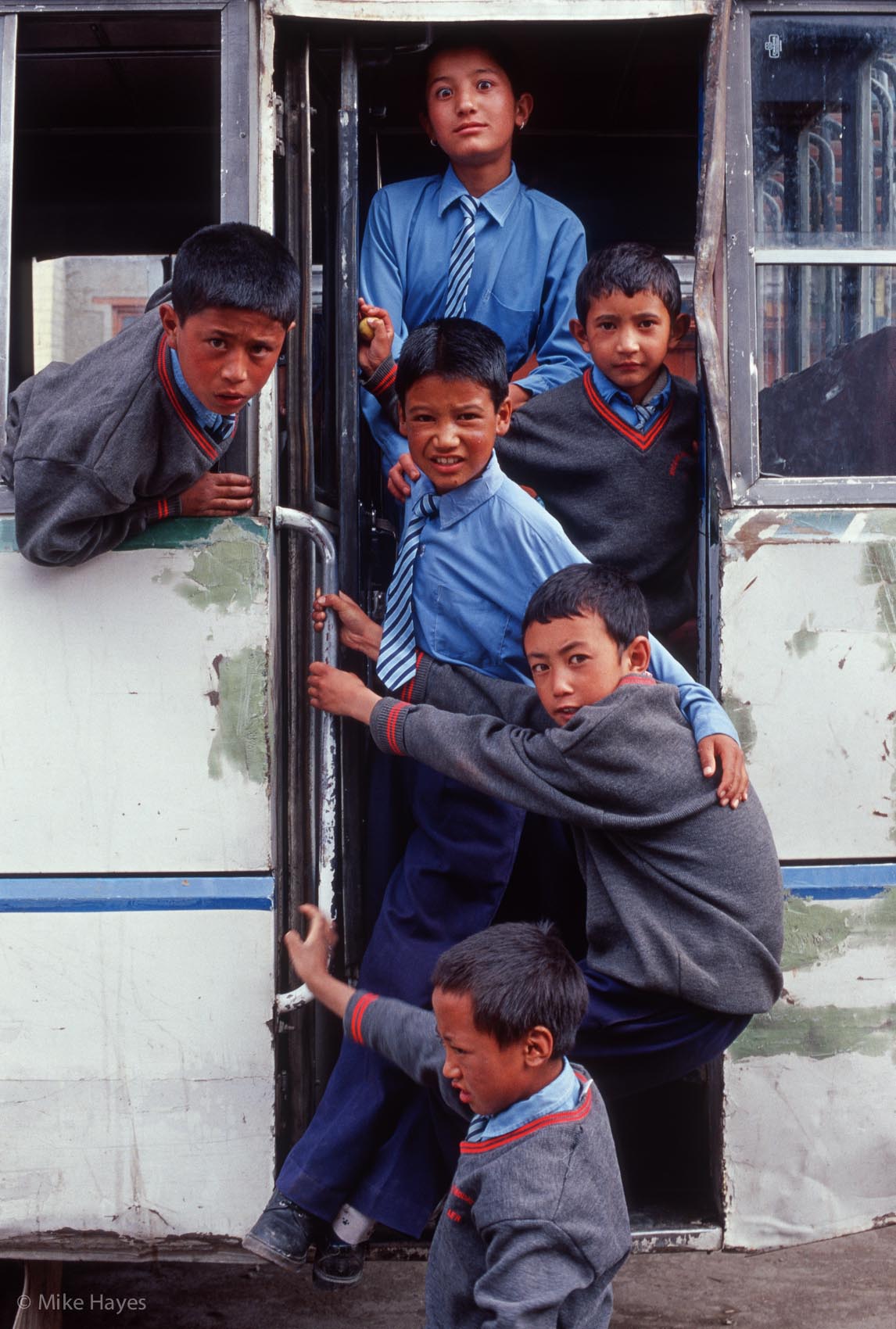
Fantastic Mike – what wonderful photos. Mother found it on the map. Sal is safely on her way and we are off to Italy tomorrow til Oct 4th.
Keep safe and love from us both.
Have a fab time!
VERY BIG! no kidding haha
How did you get across the river?
Haha, I used the bridge…what was left :-)
I’ve been following along on your trip and your photos are just stunning! I’m moving to Spain next year and plan to spend a lot of time traveling around on my time off… Maybe will have to make a mountain trip part of my plans… Lovely and inspirational!
Oh fantastic, Spain is ace with some terrific mountains… Sierra Nevada, Pyrenees, Pico’s… All different, all special!looking forward to reading about it.
This is epic, good work mate.
Hey Rob, cheers for reading, and for the feedback :-)
Stunning up there Mike, it’s quite striking how when there is any colour against this monochrome background it jumps out of the pictures. I love the one of the autumn leaves beside the blueish green river in the valley below..amazing. loving your journal, looking forward to the next.. take care. All the best.
Hey Ash, glad you’re enjoying :-) looking forward to catching up when I get home.
jUST BEAUTIFUL. bUT i LIKE THE IDEA OF BEING HERE LOOKING AT UR PIC’S.
WHAT A TRIP. ENJOY, LOOK FORWARD TO SEEING MORE OF UR PIC’S, AND READING UR BLOG. THANX.
Haha, you’re welcome, cheers for reading
Mickey!!
Beautiful travel journal! Humorous, respectful and meaningful.
Photography is simply amazing! Almost like being there.. :-) Well done!
Roll safely and keep up the explorations, and the fun.
Hey Jean, great to hear from you! More pics soon, just arrived back in civilisation!
Absolutely amazing. Thoughts in no particular order: Just as I was thinking to myself what do these people do without trees ‘how can they bear it’ your aspen shots scrolled into view. They are stunning. I wondered if they were being cultivated down there on the river as they seemed to be set out in a grid. Little or no wood featured in the landscape led me to query ‘what do they burn for fuel?’. What do they use for construction of homes? Is it all stones? Are there any wood beams, window sills, accents etc? I realize I am putting my culture first in obsessing about trees and plants but I wondered about food for livestock. Fields of hay seem to be a premium and having spent part of my life on a farm I realize hay in a barn keeps better than hay on a roof top. They probably could not sustain many large ‘hay burning’ mammals.
The clothing, wool? If so what do the animals that provide the wool eat? The prayer flags, are they cotton? Goodness, how far does the cotton have to travel to get here! I feel if one lived here a great deal of their day must be spent in the business of survival. So many things must needs be shipped in over those roads.
In this post and others I felt the stark contrast between the harsh outer world and the bright colors of home and religion. One would need those bright colors to feed the soul.
Your tires….what are you rolling on. Those rocks look like they could shred a shedload of tires.
The wedding photos were awesome. Thanks for sharing!
hey, great comment, I’ll do my best to provide a reasonably high quality answer!
just about everything you see growing in the valley is cultivated/ a consequence of the activity of people. Traditionally the houses are a mix of cob and stone, and yes they do have wood beams… the trees would have been there to provide some of that. these days the area is heavily subsidised so more modern building materials are appearing.. and wood for firewood is similarly imported with a heavy goverment subsidy. dung is still dried and burned for fuel however. Villagers do have a few cows, goats etc. They live in undercrofts which help to keep the houses warm, family lives on floor above. The climate is arid so stuff stores quite well outside, even in winter.
Clothing is wool, yep. some from sheep, some from yaks. Yaks and mountain sheep can survive on the minimal scrubby plants that populate the mountan sides.
The flags these days are mostly nylon but would previously i imagine could have been a local crop.. flax, hemp perhap, but cotton would probably have been traded up from the lowlands of India for many centuries.
The whole day is very much just survival, it is a subsistence lifestyle. not much different to other remote mountain areas around the world… peru, bolivia etc. I enjoy travelling in such places, the sense of community is very strong and the people are generally wonderful:-)
Tyres are Surly Knard 29×3. proving to be really rather tough. they’re thick walled and heavy but work great in this terrain :-)
off in search of some dinner now… cheero!
Hi. Just wondering which panniers you have on the back of the bike.
I have the same bike packing gear you have but was also wondering about adding panniers for the longer trip I plan next year.
Keep those wheel spinning.
Andy
Hey Andy, they’re Ortlieb ‘fronts’, ideal for a bit of extra capacity for camera gear, cold weather stuff etc when needed. Much smaller than rears so they don’t affect clearance much on the trail, and weigh less.
Cheers for reading! Have a great trip!